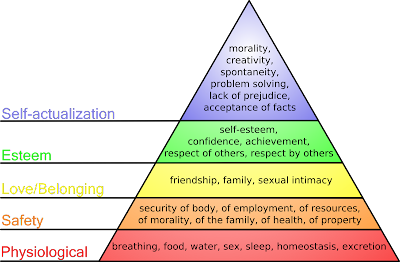Six Components that Define Quality Dementia Care Training

In the sea of dementia care training, leaders can be overwhelmed when evaluating options. This article provides practical guidance if you are just getting started in creating a dementia training program or if you are re-evaluating current practices.
Before you learn the six components that define quality dementia care training, I'm going to discuss four fundamental truths:
We Must Educate, Engage, and Retain Employees
Aging service providers are experiencing dangerously high staff shortages that impact the quality of care, employee retention, and family satisfaction. These together directly affect the bottom line.
Studies reveal a correlation between the lack of investment in care team education and turnover, with staff reporting feeling ill-prepared for their work with older adults, especially those with memory loss. It's time for a change!
We Must Provide Families with Education, Support, and Resources
According to the Alzheimer's Association, about 15.7 million adult family caregivers care for someone with Alzheimer's disease or other dementia.
Estimates report that 65% to 75% of persons living with dementia are cared for by family members, including spouses and adult children.
Leaders must address family care partners' needs in reviewing any dementia training program. Family care partners are essential members of the care team and
Play an active role in improving quality of life and quality of care, whether their loved one living with dementia is living in a care community, receiving professional home care services, or is caring for the person living with dementia (PLWD).
Providing quality education, support, and resource information to families and friends caring for PLWD, aging service providers, health plan providers, community-based organizations, and others will benefit by examining the most effective training outcomes that support their mission and goals.
We Must Embrace Diversity and Sameness
The vastness of our differences is endless, yet at the same time, we all have basic needs. Maslow's hierarchy of needs reminds us that no matter how different we are, we all have basic human needs:
From the bottom of the hierarchy upwards, the needs are: physiological (food and clothing), safety (job security), love and belonging needs (friendship), esteem, and self-actualization.
Needs lower down in the hierarchy must be satisfied before individuals can attend to needs higher up.
Quality dementia training addresses diversity and the psycho-social needs of both care partners. To reiterate what I said earlier, going beyond basic skills training to embrace the quality of life - compassion, understanding, communication, empathy, etc.
We Must Address Changing Learning Styles
Complex knowledge dumping no longer works. Studies support that retention rates are dangerously low when teaching is a one-way street. Instead, the learner must be engaged and receive information in "chunks" that they can then apply in real-life situations. The term microlearning certainly applies to best practices regarding dementia training.
From this discussion, here are the 6 six foundational core components of quality dementia care training:
- Responsive curriculum for today's learning needs of caregivers
- Experiential learning that drives change in attitudes and actions of care
- Visually engaging and interactive training content
- Efficient delivery - 20 minutes or less with chunked content
- Aging issues are demystified and made relevant to the learner
- Outcomes that deliver confident, skilled, and satisfied care partners


.jpg)
